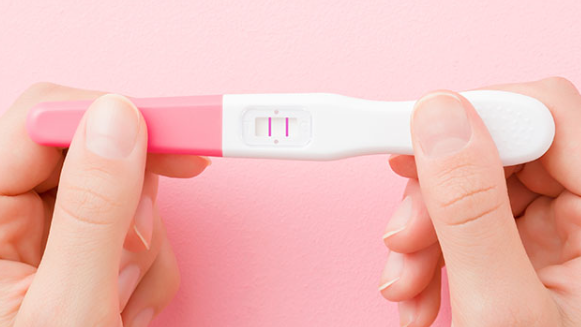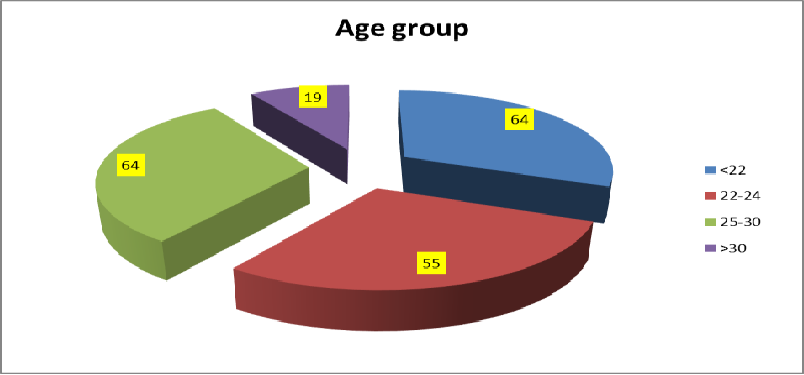Introduction
Welcome to the wonderful world of pregnancy! This miraculous journey is filled with changes and developments that are as exciting as they are significant. Understanding the stages of pregnancy and the common symptoms can prepare you for this journey and help you know what to expect. Let’s delve into each trimester and explore the signs that signify the growth of a new life inside you.
Section 1: Understanding Pregnancy and Its Trimesters
Pregnancy is the period when one or more offspring develops inside a woman. This usually lasts around 40 weeks, or a little over 9 months, and is divided into three stages known as trimesters. Each trimester comes with its unique changes and symptoms, so let’s break them down.
Section 2: First Trimester – A New Beginning
The first trimester, encompassing the initial 13 weeks, is an exciting and critical time as your body starts preparing itself to nurture your baby. You may experience symptoms like morning sickness, fatigue, tender breasts, frequent urination, and food cravings or aversions. Most women have their first prenatal visit during this time, which may involve blood tests to check for certain conditions and an ultrasound to confirm the due date.
Combat these symptoms by keeping snacks handy to avoid nausea, resting adequately, and maintaining hydration. If any symptom becomes severe, seek immediate medical attention.
Read More: Can Hot Chocolate Cause Miscarriage?
Section 3: Second Trimester – The Middle Ground
The second trimester, weeks 14 to 27, is often considered the most comfortable. Many of the earlier symptoms ease up now, making way for some new ones. You may notice stretch marks on your abdomen, breasts, and thighs, experience body aches, or see a dark line from your belly button to pubic hairline. As your baby grows, you might also start to feel gentle fluttering movements, known as quickening.
Your prenatal visits will now also include ultrasounds that can possibly reveal your baby’s sex. Keep up with your nutrition, do gentle exercises, and get comfortable sleeping positions to alleviate body aches and other symptoms.
Section 4: Third Trimester – The Final Stretch
The third trimester, from week 28 until birth, is when your body prepares for labor and delivery. Symptoms include shortness of breath, heartburn, trouble sleeping, and Braxton Hicks contractions, often known as “practice contractions”. As your baby moves into the birthing position, you may feel it “dropping” or settling lower in your abdomen.
Prenatal visits become more frequent in the third trimester. Doctors will monitor your baby’s position and development and might discuss your birth plan and signs of labor. Maintain a balanced diet and consider a pregnancy exercise class to prepare for childbirth. Breathing exercises may also help deal with shortness of breath and aid relaxation.
Section 5: Complications and When to Seek Help
Although many pregnancies go smoothly, some complications can occur. Preeclampsia, gestational diabetes, and preterm labor are a few examples. If you experience severe pain, heavy bleeding, severe headaches, or reduced fetal movements, seek immediate medical attention. Always listen to your body and don’t hesitate to discuss any concerns with your healthcare provider.
Conclusion
Each pregnancy is a unique journey, and knowing the common symptoms at each stage can help you understand and better navigate this period. Regular prenatal check-ups are essential for monitoring both your health and the baby’s development. Remember, every symptom, every flutter is a sign of the little life growing inside you. Enjoy this beautiful journey, after all, you are growing a human!





